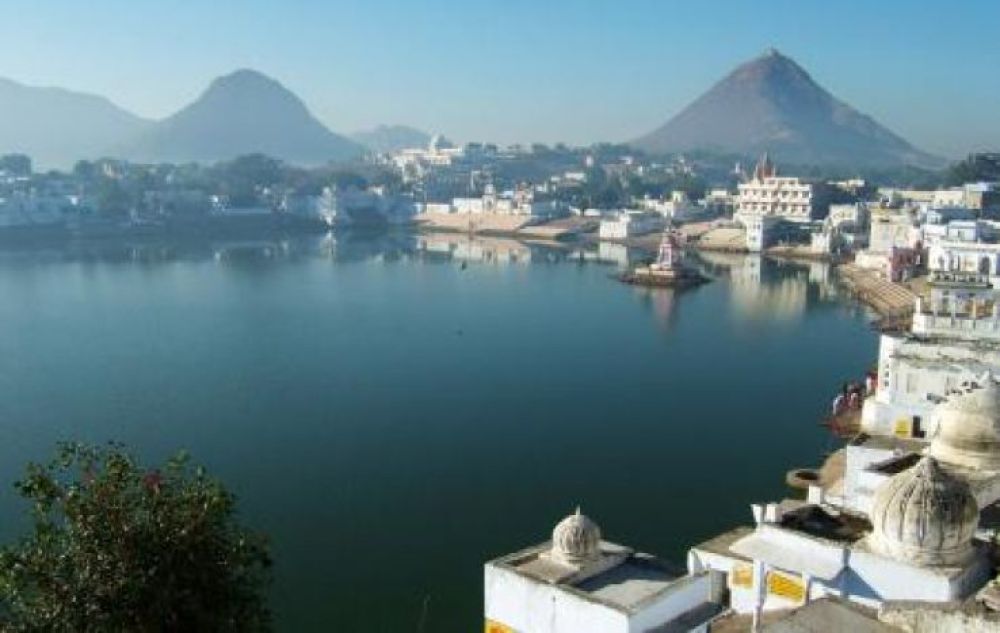

Pushkar, a small pilgrimage town in Rajasthan, India, is one of the oldest cities in the country. It is nestled on the shores of Pushkar Lake, which according to Hindu mythology, was created from a lotus flower dropped by Lord Brahma. The town is surrounded by hills, one of which is the famous Naga Pahar, or Snake Mountain.
The history of Pushkar and Naga Pahar dates back to ancient times when it was a significant religious destination. It is believed that Naga Pahar serves as the natural boundary between Pushkar and Ajmer and has been a witness to the region's evolution through the ages. The area was not just a spiritual cornerstone but also a cultural hub where traditions, arts, and crafts flourished.
As per legend, Naga Pahar once stood tall and mighty but has been eroding over time. There is a mythical belief that the hills are diminishing due to a curse, and eventually, when they disappear completely, it would mark the end of the Kaliyuga (the last of the four stages the world goes through as part of the cycle of yugas described in Hindu scriptures).
Tourism in Pushkar began to develop significantly with the establishment of the Pushkar Fair or Pushkar Mela, which is one of the largest camel fairs in the world. This annual event, which takes place during the auspicious Kartik Purnima, draws thousands of tourists, pilgrims, and cattle traders. With the fair, the notability of Pushkar, including landmarks like Naga Pahar, began to spread internationally.
Over the years, Pushkar has grown to be more than just a religious destination. It has become a symbol of cultural synthesis and spirituality, attracting not just pilgrims but also travelers seeking tranquility, culture, and adventure. Activities such as hot air ballooning, desert camping, and hiking to the serene Naga Pahar have become popular. The panoramic view of Pushkar and the serene surroundings from the top of Naga Pahar are a magnet for photographers and nature lovers.
With the growth in tourism, there has been an increased focus on the conservation of the area's natural and cultural heritage. However, the challenge remains to balance tourism development with environmental sustainability, especially concerning the eroding Naga Pahar which requires care and attention to preserve its mythological and ecological significance.
Today, Pushkar continues to enchant visitors with its sacredness, authenticity, and the mystical charm of sites like Naga Pahar. It serves as a testament to the rich tapestry of Indian mythology, history, and continual cultural evolution, making it a unique destination for travelers from all around the world.